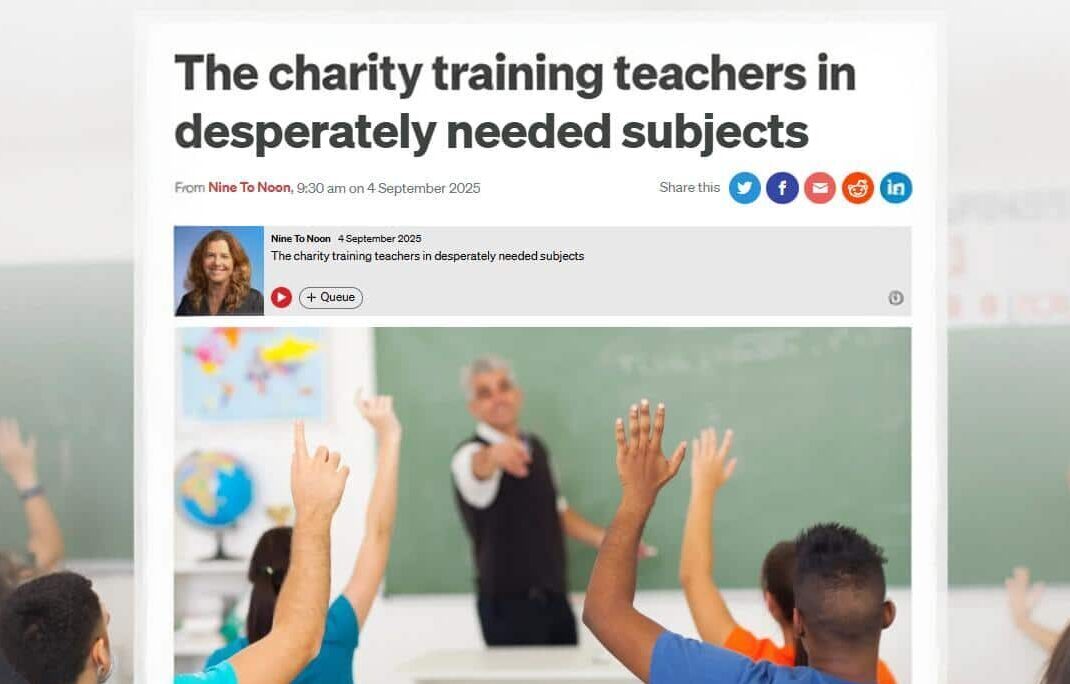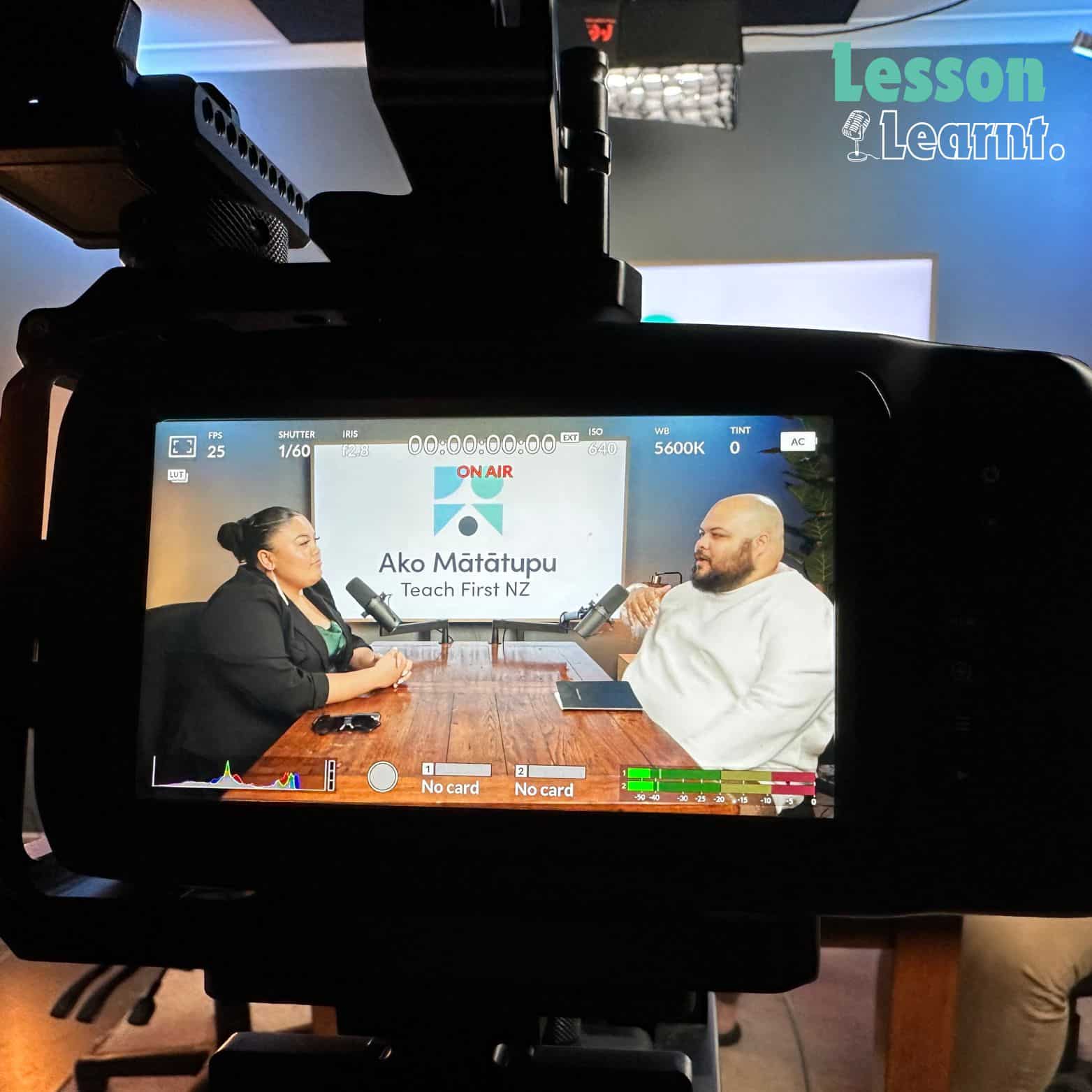Many of our community leaders share the dream for Aotearoa New Zealand to be the best place in the world to grow up. The core wish for every young person to have a happy childhood is shared across so many lines of difference. With that great headstart, we invite you to consider with us the key role of joy in learning. Together, as leaders of learning and seekers of social change, we also explore practical strategies for creating a happy classroom environment.
The Importance of a Happy Classroom
A happy classroom is crucial to young people’s development and academic success. To practise the value of Mana Tangata is to respect and care for the dignity and esteem that is inherent in all human beings. Happiness has a big role here! When rangatahi feel safe, supported, and valued in their learning, they can more readily share and take up knowledge and skills, build positive relationships with teachers and peers, and nurture their love for learning. A happy classroom can also promote emotional well-being and mental health, which are essential for our overall development. School does not represent the whole of life, but we spend many of our childhood and teenaged hours there, and it should be a positive place and a source of stability. It can be an amazing feeling to get swept up in joyful learning and find happiness alongside peers and trusted adults. As Teach First NZ Programme physics teacher Aonghas Jones (Cohort 2021) says, it’s all about modelling for students “that science is fun, interesting, and important.”
The Need for Nurturing Classrooms in Aotearoa New Zealand
Positive emotions such as joy, interest, and enthusiasm are linked to better academic performance, better problem-solving abilities and an improved ability to think and adapt. New Zealand education settings already place importance on positive psychology for learning. However, there is still room to retire any lingering ‘old school’ and fear-based teaching methods, such as threats and bargains or outright use of adult aggression to achieve child compliance. Fear activates the amygdala, and we turn to our primordial coping options of fight, flight, freeze, appease. When that part of our brain is activated, we can become hyper-vigilant and on edge – not something children deserve, and indeed not a state of mind that supports sustainable learning.
On the other hand, when young people feel at ease and motivated, they are more likely to feel safe enough to take risks and overcome challenges, which can lead to greater success in school and beyond. Therefore, educators must create a positive and welcoming classroom environment where students feel comfortable, respected, and supported. This way, we can help rangatahi realise their full potential and inspire confidence to face both personal and societal challenges.
What Does a Happy Classroom Look Like?
A positive learning environment can take many forms. Here are 7 possible characteristics of a happy classroom:
1. Students feel safe, supported, and valued
2. Students and teachers treat each other with respect and kindness, can see the good in each other and can share laughter
3. Students feel appropriately challenged and motivated, according to their developmental needs and interests
4. Students work together to define and achieve success
5. Teachers see young people as full human beings with amazing histories and futures, and work with integrity to earn their trust
6. Many types of achievements and milestones are celebrated
7. There is free and open communication, with restorative practises if the vā or space between people is troubled

Pictured above: Liziana Fa’asolo (Cohort 2018 on the Teach First NZ Programme) sharing a moment of joy with a treasured student.
How Can You Create a Happy Classroom?
Starting and maintaining a joyful learning environment requires humility and perseverance. Here are 8 practical strategies that can help teachers create a happy classroom experience:
1. Establish a positive and welcoming environment:
Teachers can create a welcoming and inclusive environment that celebrates diversity and fosters a sense of belonging for all students.
2. Foster respectful relationships:
Teachers can model positive behaviour and encourage students to be respectful towards each other.
3. Facilitate engaging and stimulating learning:
Teachers can work to create an engaging learning environment that is not too hard, not too easy, but truly stimulating, where students are encouraged to think critically and ask questions. (remember, there is never a “bad question”)
4. Create clear expectations:
Everyone has a different approach and cultural lens when it comes to the role of rules in a child’s life. Most agree that boundaries help keep everyone safe, and that it is healthy to know the limits. Rather than an arbitrary strictness, teachers can communicate clear expectations and boundaries with students in a way that they understand. This can be done by establishing clear guidelines for classroom participation early in the school year.
5. Encourage collaborative learning:
Collaboration and teamwork are important skills that students can make use of at school and beyond. Teachers can incorporate group work and collaborative learning activities into their lessons to help students practice these skills.
6. Promote valuable discussions:
Open communication is key to creating a happy and harmonious classroom. Teachers should be approachable and available to students and encourage open discussion and safely accommodate different viewpoints and values in the classroom.
7. Be a role model:
Teachers who embody a joyful, caring, and light-hearted teaching style serve as role models for learning, which in turn can motivate their students to become happy, lifelong learners. It’s okay to model the hard parts of life too – this is not a call for toxic positivity! But leaning into your own joy as an educator can be a powerful force.
8. Celebrate Success:
A happy classroom is one where students’ achievements are celebrated. A class community can recognise and celebrate each other’s successes, whether it be academic achievements, sporting skill, cultural prowess, or the often unsung processes of personal and collective growth.

Indigenous-led Concepts for Achieving Empathetic Classrooms
So many Indigenous approaches to education prioritise the happiness and well-being of learners, and foster positive relationships, community connections, and reciprocal learning. By prioritising these Indigenous concepts, educators can create a positive and inclusive learning environments that promote happy classroom communities. Here are three widely-practised concepts for Ako Mātātupu:
Manaakitanga:
Emphasising the importance of hospitality, care, and respect in education, promoting a nurturing and supportive learning environment that prioritises the mana and worth that is inherent in each young person.
Whānaungatanga:
Building strong and positive relationships between educators, learners, and their families; creating a sense of interconnectedness that promotes a positive and inclusive learning environment.
Ako:
Acknowledging the reciprocal nature of teaching and learning eschews a top-down hierarchy and places deep value on student perspectives and experiences. The concept of ako helps students to respect their own knowledge and wisdom, supporting their sense of self and inspiring confidence to give and receive new ideas.
The Role of Joy in Social Change
At Ako Mātātupu we believe in young people’s right to realise their academic, personal, cultural, and community potential. That means we care about what is possible at the classroom level and at the social and environmental levels, too. Inspired by the work of Paolo Freire, we believe that education is not only a tool to access opportunities but also an avenue for conscientisation, which refers to the process of critical reflection and action that leads to social transformation, and in this, joy is an essential ingredient.Through conscientisation, individuals become aware of the social, political, and economic forces that influence their lives and the lives of others, and take action to challenge and change these forces.
Joy plays a critical role in the conscientisation process because it can inspire us to take action towards creating a more just and equitable world. When we experience joy and happiness, we feel a pulse of connection and belonging to our communities, letting us know it is safe to follow our instincts and live for more than just ourselves. Joy can also provide a sense of hope and possibility in the face of adversity and discrimination – something our students face all too often in an unequal society. Feeling genuine hope is critical to the process of conscientisation and social change. Nihilism gets us nowhere.
As organiser Mariame Kaba shares, joy and hope allow her to “continue to make things with other people, to continue to fight, to do the best I can to show up for the people I love in my communities.” By welcoming joy into education and creating spaces for joyful learning and exploration, we can support the next generation of change-seekers to work towards creating a more equitable and just society. As well as being good descendants, young people crave and deserve the chance to be good ancestors, too. Joy at the classroom level can help them meaningfully tap into their leadership and service potential.
Summary
A happy classroom is one where students feel supported, respected, and allowed to power their own and each other’s motors for learning, inquiry, and curiosity. Happy classrooms can help alleviate fear in the learning process, improving academic outcomes, student-teacher relationships, home-school partnerships, and mental health. Teachers can play a critical role in creating a happy environment by fostering a sense of inclusivity, promoting respect and kindness, appropriately challenging students, and encouraging open communication inside schools.
Ako Mātātupu is working for equity in education on our way to greater freedom and peace for all young people. Happiness and hope are hard-won during times of deprivation, but joy is also our birthright. Joy helps all of us (no matter our age) to fight for a fairer society and delight in each other’s humanity along the way. Check out our flagship employment-based teaching programme and discover how you can become a qualified teacher in Aotearoa New Zealand.



